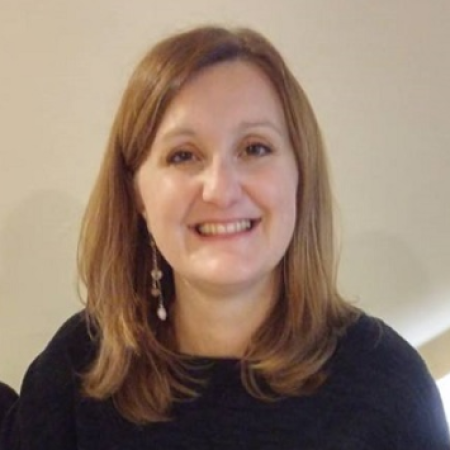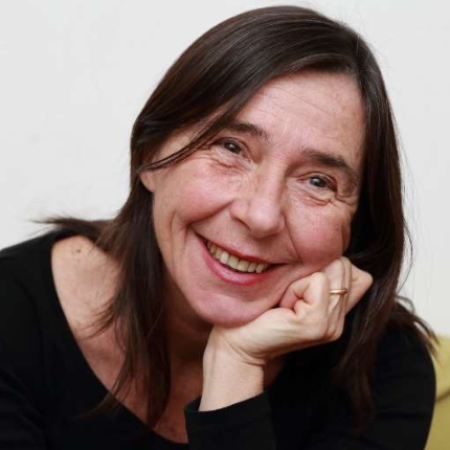Antonella Fresa
Antonalla is the vice president of Photoconsortium association, an ICT expert and the Director of Design at Promoter SRL. She has been working on European collaborative projects since the 1990s. Since 2002, she has been Technical Coordinator and Communication Manager of national and European projects in the domains of digital cultural heritage, creativity and co-creation, citizen science, smart cities, digital preservation and eInfrastructures. She regularly serves as an independent expert and evaluator for the European Commission. She is a founding member of IDEA - International Digital Epigraphy Association, and Enterprise Fellow at Coventry University.
John Balean
John Balean is Operations Manager of TopFoto and member of the Photoconsortium Steering Committee. He graduated from the University of Newcastle, Australia in 1996 with a Bachelor of Arts in the Visual Arts and a major in Photography. After a brief period as a freelance photographer and visual artist he joined TopFoto where he is a highly experienced Operations Manager and his role includes coordinating EU / Europeana projects as well as negotiating for new photographer collections. John has given lectures and written about the picture industry with a specific interest in Press Photographic History. He is currently Chair of PICSEL and previously served 10 years as a board member of both BAPLA and CEPIC.





